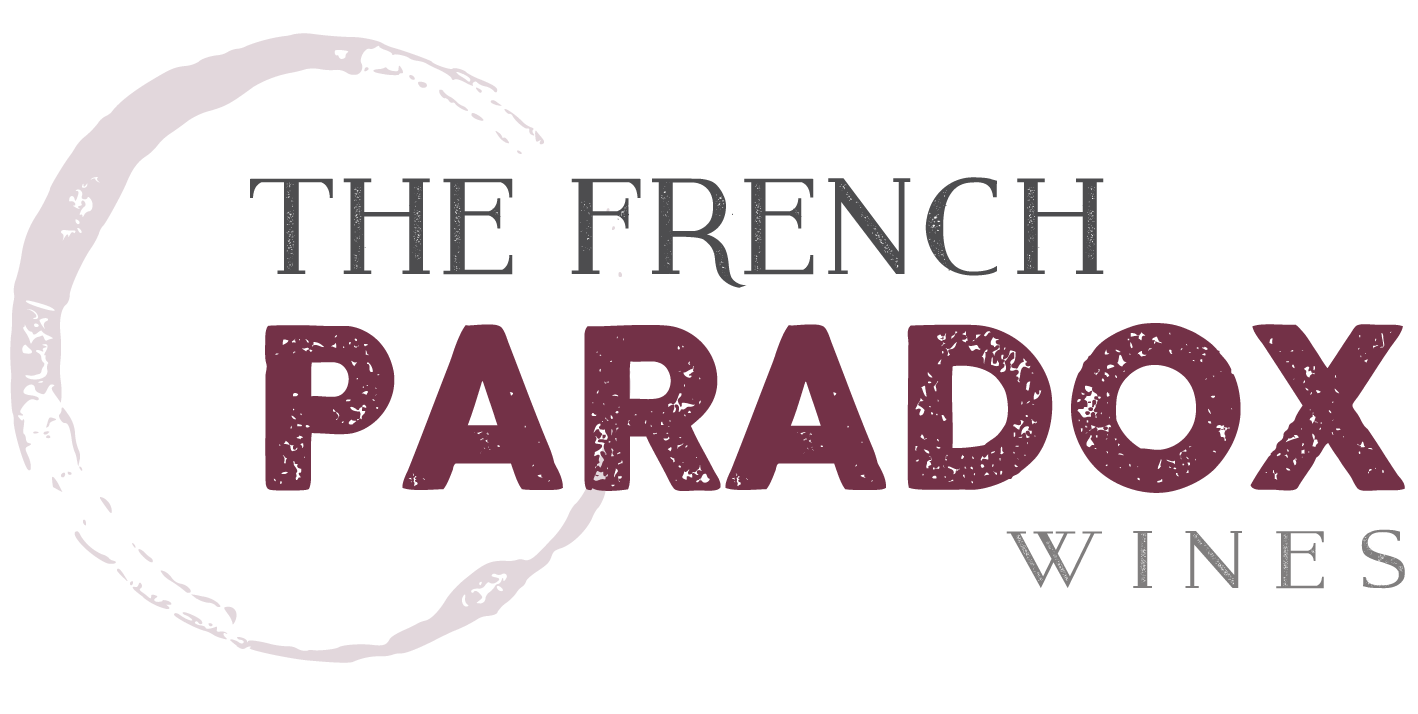I presume that oysters as a digestible food product were discovered in the hunter/gatherer phase of human development. Archaeologists have testified to the prehistoric importance of oysters as food, with findings of shells with other food waste in Australia dated at ten thousand years.They have been cultivated in Japan from at least 2000 BC. In the United Kingdom, the town of Whitstable is noted for oyster farming from beds on the Kentish Flats that have been used since Roman times. The French seaside resort of Cancale in Brittany is likewise noted for its oysters, which also date from Roman times. Sergius Orata of the Roman Republic is considered the first major merchant and cultivator of oysters. Using his considerable knowledge of hydraulics, he built a sophisticated cultivation system, including channels and locks, to control the tides.
In the early 19th century, oysters were cheap and mainly eaten by the working class. Throughout the 19th century, oyster beds in New York Harbor became the largest source of oysters worldwide. New York’s oystermen became skilled cultivators of their beds, which provided employment for hundreds of workers and nutritious, inexpensive food for thousands. However, rising demand exhausted many of the beds. To increase production, foreign species were introduced, which brought disease. In addition, increasing sedimentation from erosion destroyed most of the beds by the early 20th century. However, oyster’s popularity has never really waned, putting ever-increasing demands on wild stocks. This scarcity increased prices, converting them from their original role as working-class food to their current status as an expensive delicacy.
I, quite frankly, believe that pairing oysters with wines to be a relatively modern contrivance. Wine production, historically, was not heavily entrenched in the colder, ocean abutting locations where wild oyster beds proliferated. Of course, the easiest rebuttal to that point of view are the wines of Muscadet from the Atlantic Ocean end of the Loire Valley. Wine (like Muscadet) made in these cooler climates would be from wine grapes primarily white and higher in acidity, due to difficulties in ripening. So, whether or not there is historical precedent for pairing wines with oysters, its makes sense, based on climate and location that crisp whites would pair better with oysters.
So, then no red wines work? Well, not precisely…reds are more difficult to pair with oysters. Harsh tannins and overwhelming fruit (yeah, I’m looking at you, Napa cab) will bury the oyster. But, nervy, crisp reds like those from Jura or fresh, fragrant, earthy Pinot Noir from Sancerre will do just fine. As will any number of rosés, especially from Loire. Beer works well, too, but really, not hoppy IPAs or Imperial Stouts. Instead try pilsners, sours, and yes, crisp stouts and porters, like Guiness.
As I’ve written before, pairing wine and food should be more about weight than flavor. That being said, pair oysters with light wines that are, er, mostly ‘unadorned’ by oak flavoring. Wines like the aforementioned Muscadet, Sauvignon Blanc from (also) Loire, unoaked Chardonnay from Chablis, and of course, Champagne. These wines all share commonalities of growing conditions and winemaking; the soils are calcareous limestone, the climate is cool and the tradition is of minimal use of oak aging. The famous bubbles in Champagne also add to the culinary serendipity; they clean your palate and get you ready for the next oyster.
